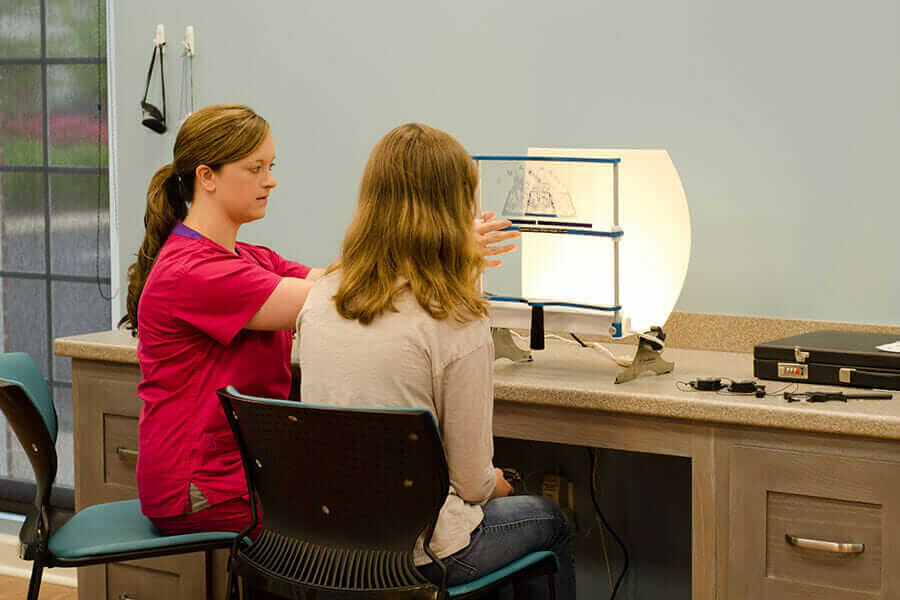What is the Difference Between Exotropia vs Exophoria?
Understanding the difference between Exotropia and exophoria is crucial for identifying the right treatment options. Both conditions affect eye alignment but manifest in distinct ways.
What is Exophoria?
On the other hand, exophoria is a tendency for the eyes to drift outward, but the eyes can realign themselves when the person is conscious of it or during focused activities like reading. This condition is often less noticeable to others because it's intermittent and the individual can usually control it.
What is Exotropia?
Exotropia is a form of strabismus where one or both eyes turn outward away from the nose. This eye misalignment is constant, meaning it occurs all the time. Exotropia can be evident in various situations—whether the person is focusing near or far, and it usually requires surgical treatment.
Key Differences
Consistency: Exotropia is constant, while exophoria occurs intermittently.
Control: Exophoria can often be controlled voluntarily, unlike Exotropia.
Visibility: Exotropia is usually more noticeable to others, whereas exophoria can go undetected for long periods.
Treatment: Exotropia often necessitates surgical intervention, while exophoria may be managed with eye exercises and sometimes corrective lenses.
What Are the Types of Exophoria?
Exophoria is not a one-size-fits-all condition; it varies in terms of its impact on your vision and daily activities. Knowing the types of exophoria can help in understanding the condition better and seeking appropriate treatment.
Convergence Insufficiency Type
This form of exophoria occurs when your eyes have difficulty turning inward to focus on near objects. It's particularly noticeable during activities like reading or working on a computer. Symptoms can include eye strain, headaches, and difficulty maintaining focus on the text.
Divergence Excess Type
In divergence excess type exophoria, the eyes have difficulty maintaining proper alignment when looking at distant objects. You may experience symptoms like double vision and eye strain when focusing on something far away, such as a road sign while driving.
Basic Exophoria
This type affects both near and distant vision equally. It's generally present all the time but can vary in severity. The symptoms are similar to the other types, including eye strain, headaches, and double vision, but they occur regardless of whether you're focusing on near or distant objects.
Simultaneous Exophoria
This rare form of exophoria occurs when one eye focuses on the intended object while the other eye simultaneously focuses on another object at a different distance. It can cause double vision and extreme difficulty in maintaining focus.
Decompensated Exophoria
This is when a person who has been able to control their exophoria for a long time starts to experience symptoms. Usually, this happens due to aging, extreme fatigue, or other eye issues. Symptoms can include more frequent bouts of double vision and eye strain.






















